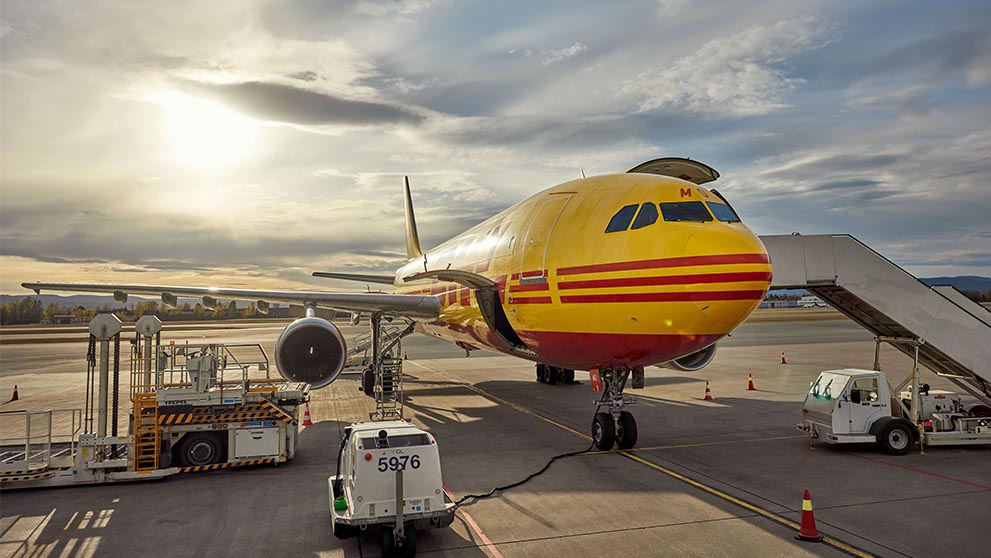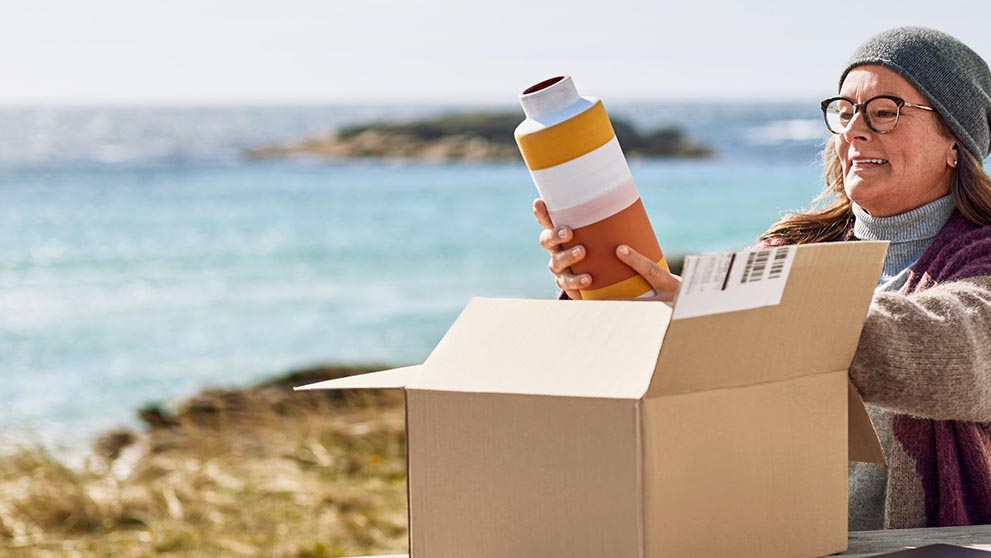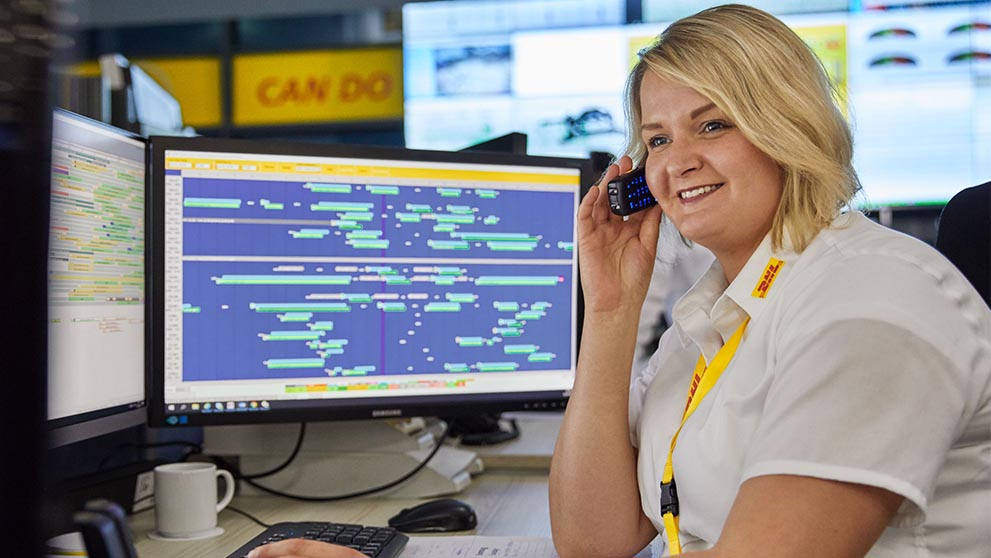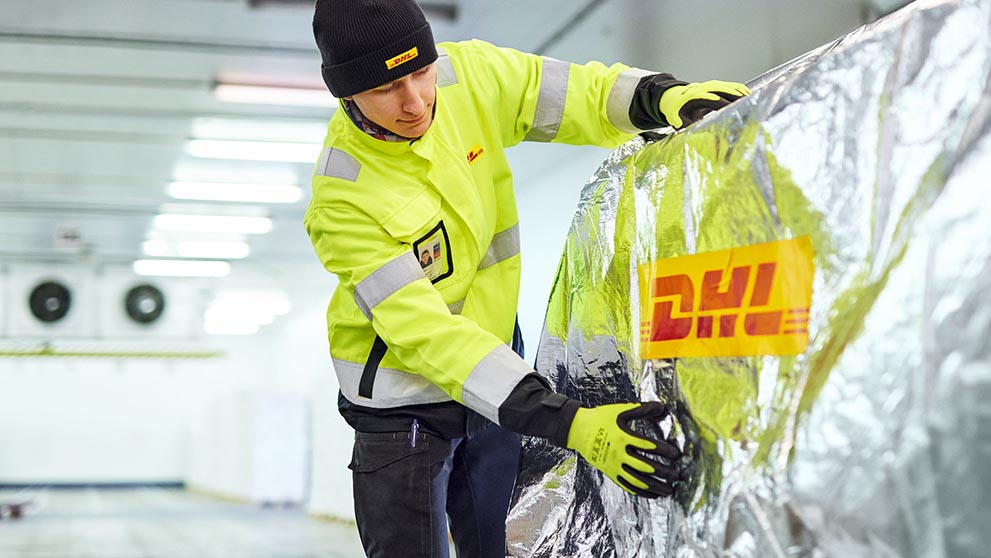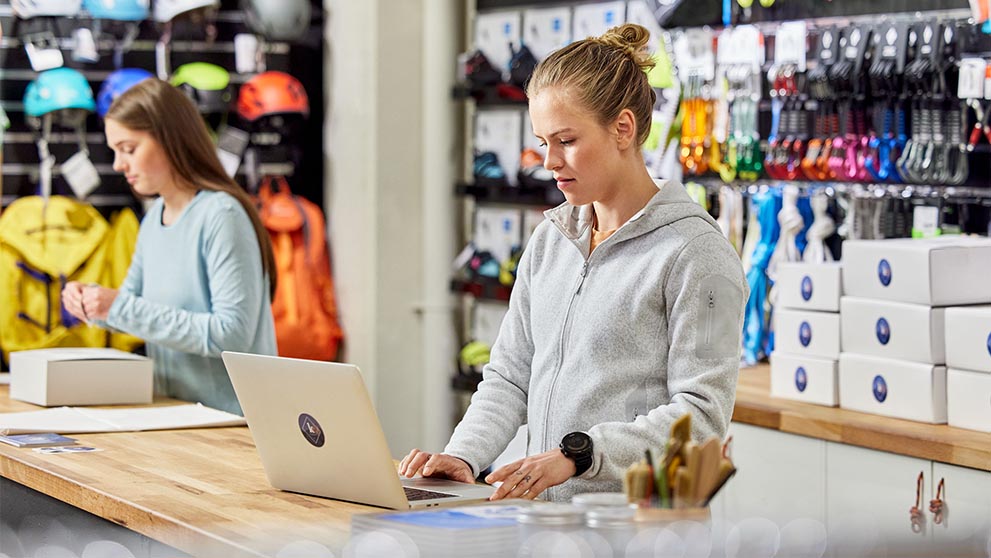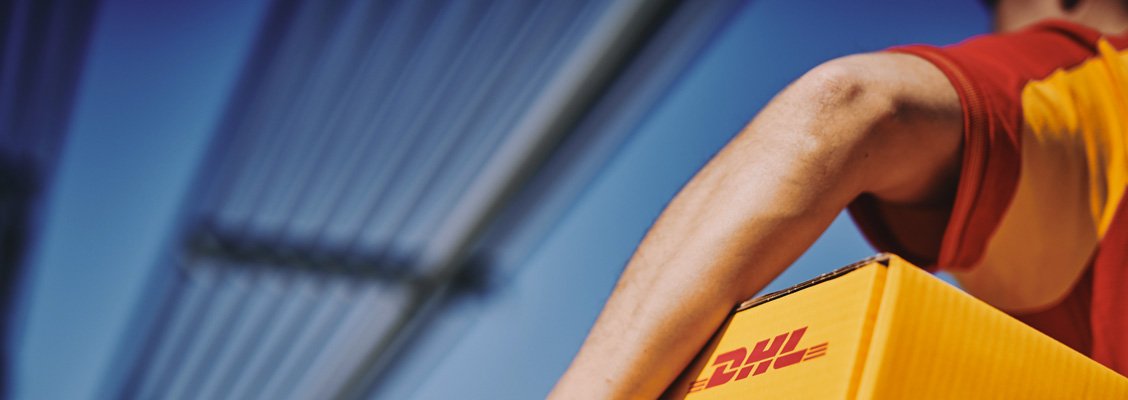
Shipping electrical goods internationally? Whether you’re sending consumer electronics, power tools, or industrial equipment, this product category is among the most sensitive and regulated in logistics. Without the right preparation, things can go wrong – from damage in transit to fire risks, customs delays, or returns due to improper labeling.
But don’t worry – shipping electronics doesn’t have to be complicated. By following best practices around packaging, battery handling, and documentation, you can ensure your shipments arrive safely, compliantly, and on time. Let’s break it down.
What are electrical items?
Electrical goods include any product that uses electricity to function – whether from a mains plug or battery. These range from household appliances and consumer electronics to diagnostic devices and more.
Examples of common electrical goods include:
- Smartphones, tablets, laptops
- Kitchen appliances like blenders and coffee machines
- Power tools and DIY equipment
- Medical devices
- Smart home devices (e.g. thermostats and security cameras)
When transporting these products, especially over long distances, one major consideration is how to handle lithium batteries. They are potentially hazardous, which is why strict labeling, documentation and packaging requirements must be adhered to; you can find detailed guidance to shipping lithium batteries, here.
How to package electronics for shipping
Good packaging is your first line of defence against damage during shipping – especially when dealing with fragile, high-value, or battery-powered items.
Here’s a step-by-step guide to packaging electrical products the right way:
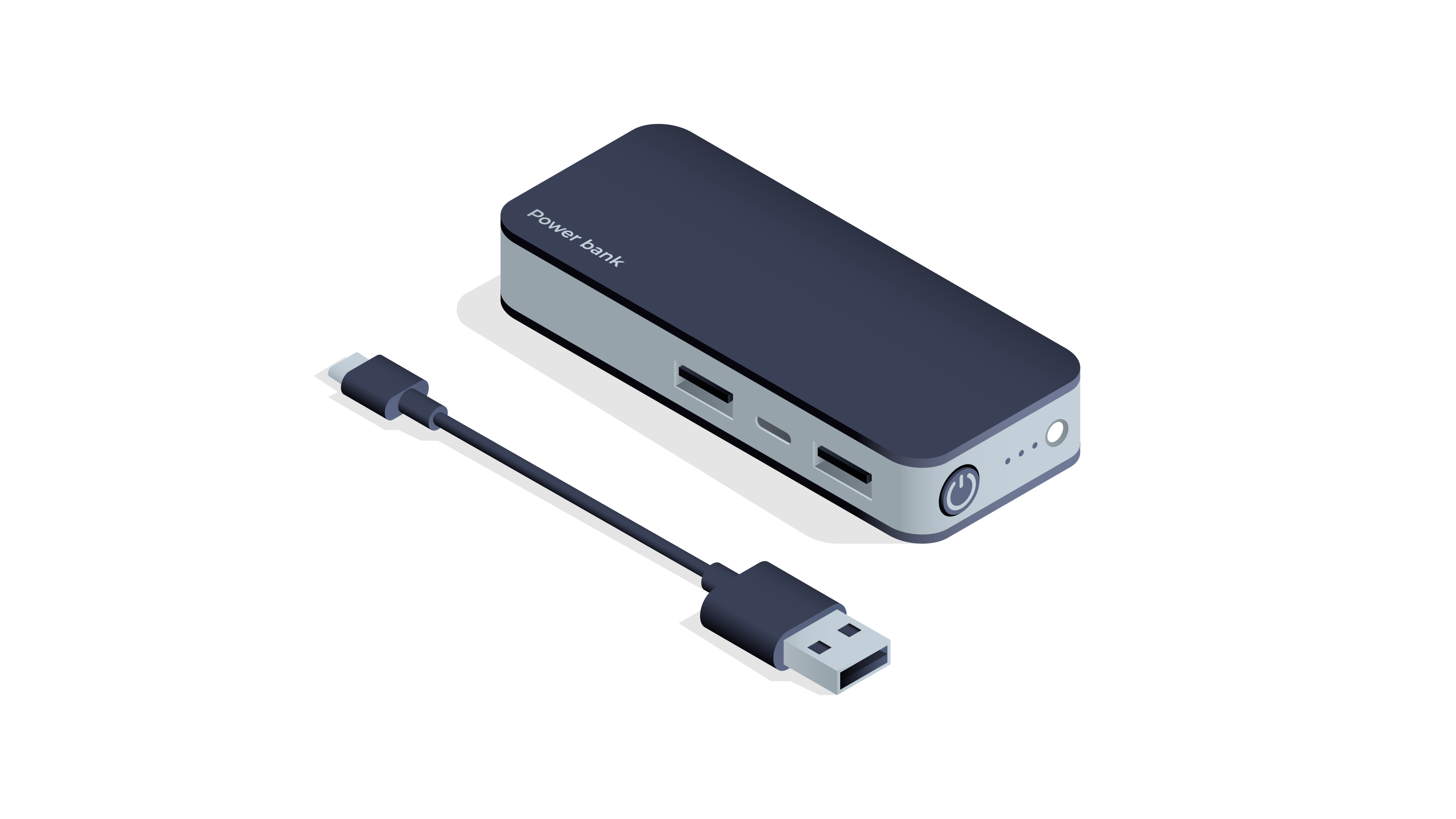
1. Disassemble accessories
Remove and separately pack detachable components like:
- Power cords
- Chargers
- Earphones
- Mounts or stands

2. Protect delicate components
Use anti-static bags to shield circuit boards or sensitive parts from electrostatic discharge (ESD) during transit.
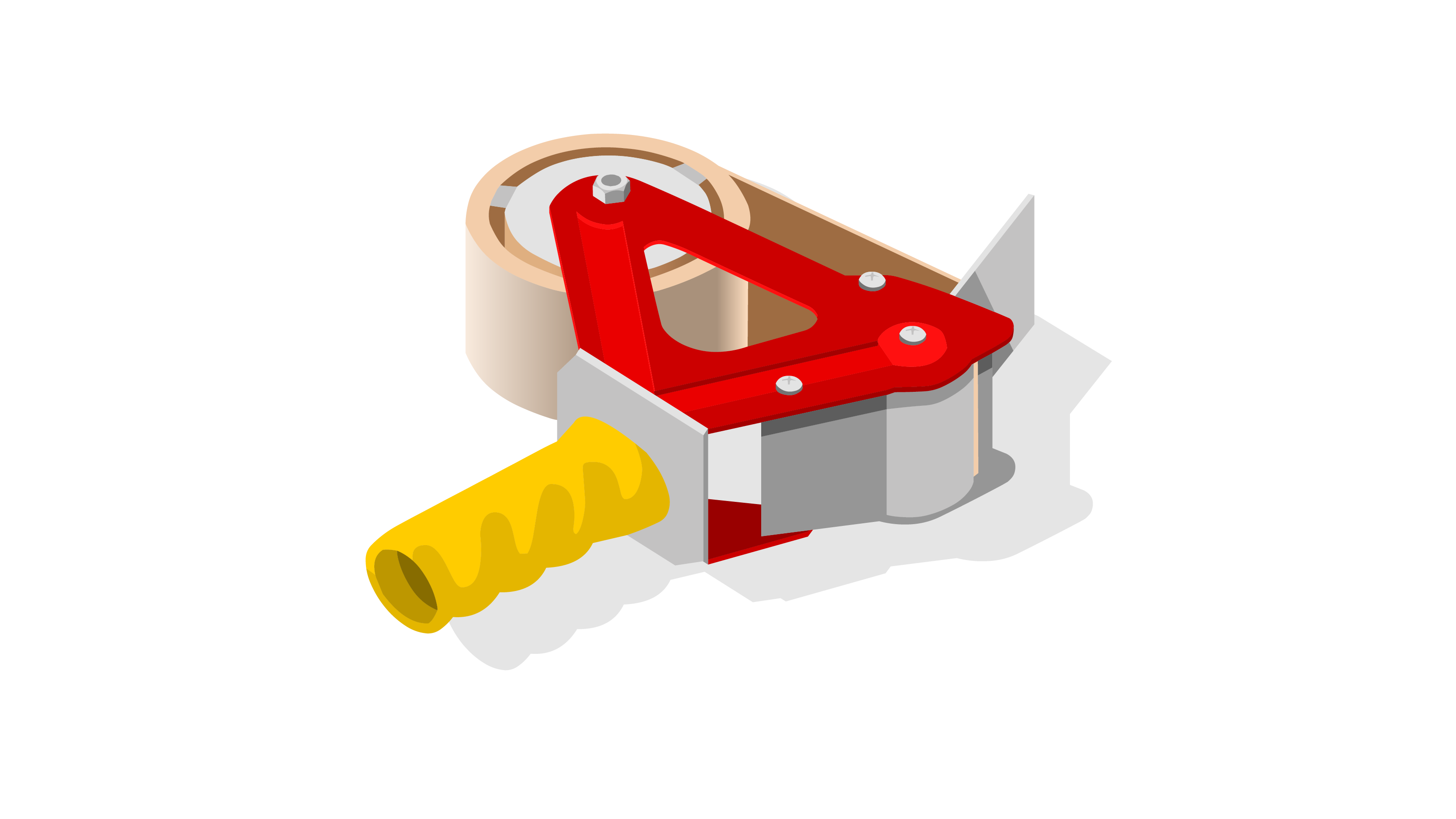
3. Wrap each item individually
Use bubble wrap or foam sheets and tape them in place to prevent movement.

4. Choose a strong outer box
Use a sturdy corrugated cardboard box, ideally double-walled. Ensure there is padding between the item and the box walls.
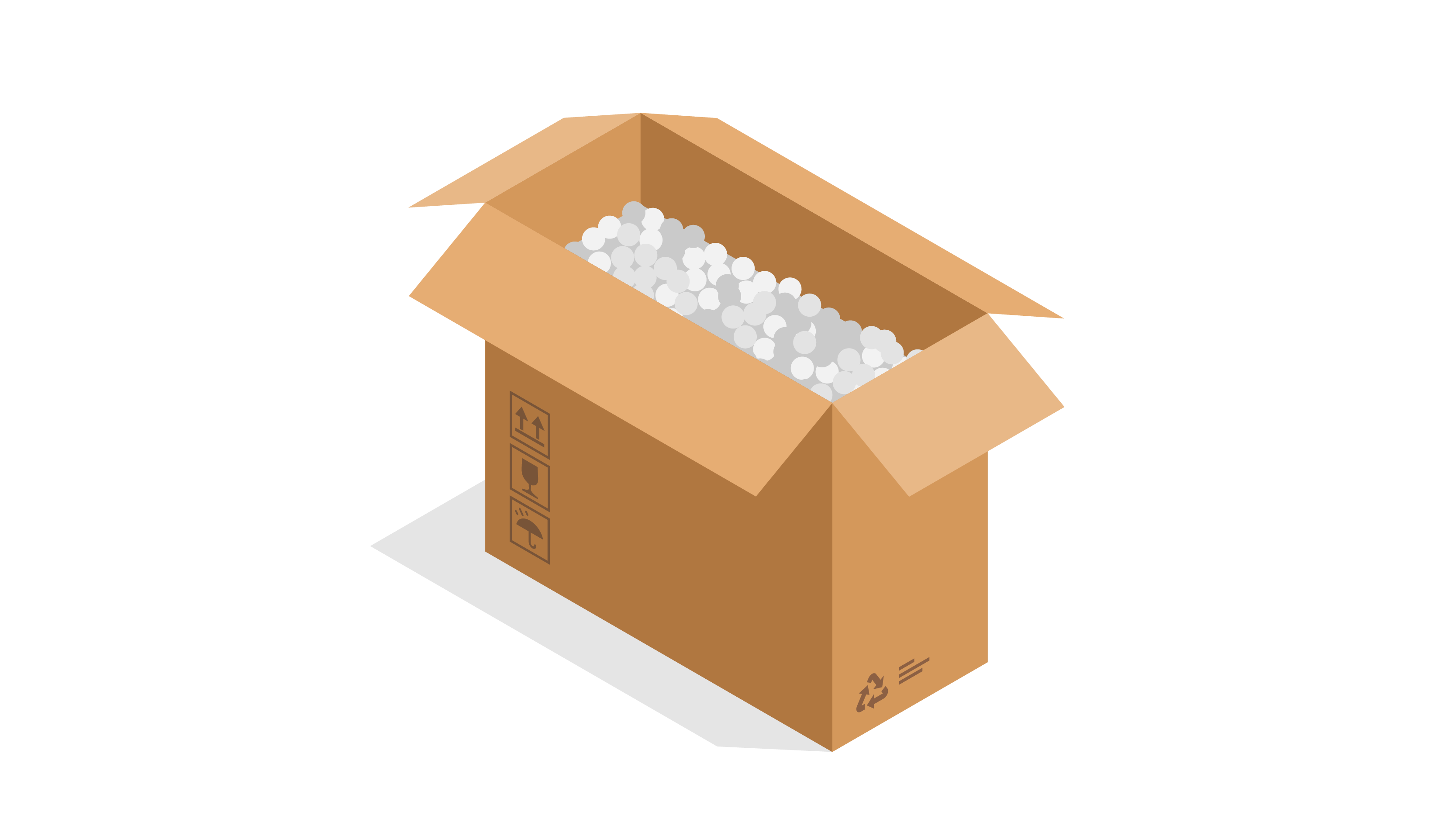
5. Cushion everything
Use packing peanuts, foam inserts, or air pillows to fill all gaps and prevent movement. No loose space should remain – items should be snug and immobilised.
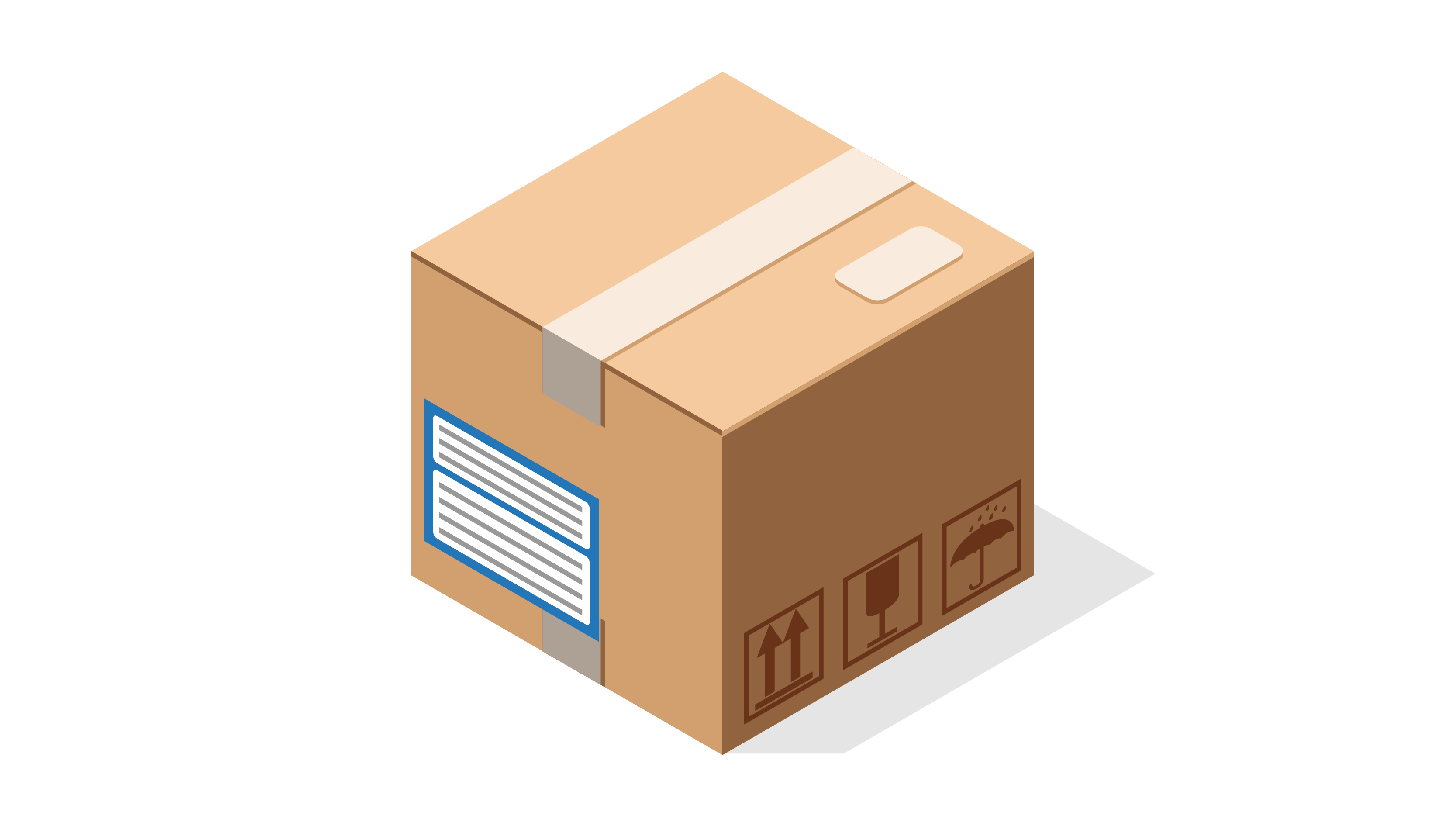
6. Seal properly
Use strong packing tape and apply the H-taping method to seal all edges and seams. Consider reinforcing with extra tape if the box is heavy.
Applying the shipping label
You can create your shipment label with a few clicks with DHL’s Electronic Shipping Solutions. Below are a few key points to note when applying the label:
- Fix the shipment label securely on the top surface of the shipment box. This will help us keep your shipment in an upright position as much as possible during transit!
- Ensure the label is wholly visible on one surface and that the label does not cover any seams.
- Do not let other labels, tapes or paperwork cover the shipment label. We never recommend using an old box but if you do, ensure all outdated shipment labels are removed prior to use.
- Placing a spare label inside the package will help us identify your shipment if the original label becomes detached or damaged.
- If you need to apply other labels on your shipment, please avoid placing them on the same surface as the shipment label.
- Use a plastic self-adhesive clear window pouch to hold any loose documents that are required to be placed outside of the box
Documentation for shipping electronics
One of the biggest causes of customs delays when shipping electrical goods is incomplete or incorrect documentation – especially when lithium batteries are involved.
What you must include:
- Commercial Invoice: With full description of the item and value.
- Air Waybill: Includes shipper/receiver info and shipment details.
- Battery declaration (if applicable): Required for lithium batteries.
- Any other local import documentation, depending on destination.
Your pre-shipment checklist for electrical goods
Before you hand over your shipment, run through this essential checklist to make sure your electrical goods are packaged, labeled, and documented correctly. It’ll help you avoid delays, damage, or compliance issues – and keep your shipment moving smoothly across borders.
DHL Express: your trusted partner for shipping electronics
Shipping electronics internationally comes with a unique set of challenges, but with the right preparation, these risks are easy to manage. Following best practices for packing, applying the correct labels, and completing accurate documentation will help you avoid delays and keep your shipments moving smoothly.
Our services include:
- Expertise in handling lithium battery and DG shipments
- Pre-clearance to avoid customs delays
- Fast, secure transit with full shipment tracking
- Climate-controlled options for temperature-sensitive electronics
- Guidance on packaging, labeling, and documentation
All of which means your electrical goods will reach their destination safely and on time – every time.

